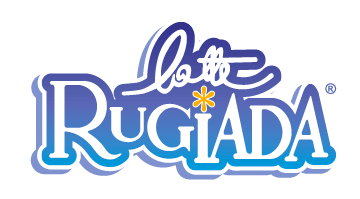In the past decade a vibrant environment of alternative writing platforms has emerged, sometimes aiming to tackle some of the recognized difficulties with traditional newsletters other than cost. These systems can differ coming from journals in a range of ways, off their disciplinary opportunity and distribution type towards the way they are simply funded or governed. They can likewise disaggregate log features such as criminal record, editorial variety and expert review or perhaps focus on a wider variety of exploration outcomes.
A primary reason why these kinds of platforms these are known as alternative is that they feature a different unit for participation in the educational system, giving more democratic and start modes of socio-technical business. They often deliver alternatives for the restrictive models of participation embodied by corporate networks and, consequently , are a major part of the constant conversing around ways to improve on line democracy.
However , the term ‘alternative’ risks currently being seen as slender or simply restrictive plus the fact that many for these new websites are based on existing code and features ensures that they may have a problem fitting right into a definition of precisely what is an alternative creating platform. To help with this kind of, over the summer season 2022 Knowledge Exchange started a project that explores what these types of platforms do and how they can be placed in the wider open scholarly interaction ecosystem. The first step was the guide of a scoping paper, and then a customer survey designed to determine and better understand these types of new traders.
This study was delivered to a wide variety of organisations, both individuals who self-identified seeing that alternative www.todaysalternatives.com/ publishing platforms and https://www.davincigames.it/recensione-di-yummy-yummy-monster-tummy/ other research/scholarly communication stakeholders (including universities, funders and the wider research community). As such, a few of the responses might not fully in shape the ‘alternative’ definition.
The responses towards the questionnaire were analysed to spot commonalities and differences in how these new publishing platforms manage. The main getting was that almost all of the platforms that responded viewed as themselves to be alternative and that the majority of them were not-for-profit. Nevertheless , the determining characteristics for some of these was not their business or perhaps revenue unit but rather all their academic/institutional roots and their emphasis on open gain access to, open source code, and open peer review.
Different aspects of why is a program an alternative were identified, such as the level to which that they offered a wider disciplinary scope than traditional writers, whether they were based on submitted versions/preprints or applied open permits and so on. The findings were consolidated and the progress a visualisation prototype started, together with the generation of the initial taxonomy.
The growth of these networks suggests that the demand for alternatives to dominant online communities is solid. However , it is vital to avoid complacency. As these alternative platforms develop, they will deal with the same complications for the reason that other digital technologies in fact it is essential that that they continue to make customer satisfaction their priority. If they fail to do that, their gain over mainstream sites will begin to fade away.

Scrivi un commento